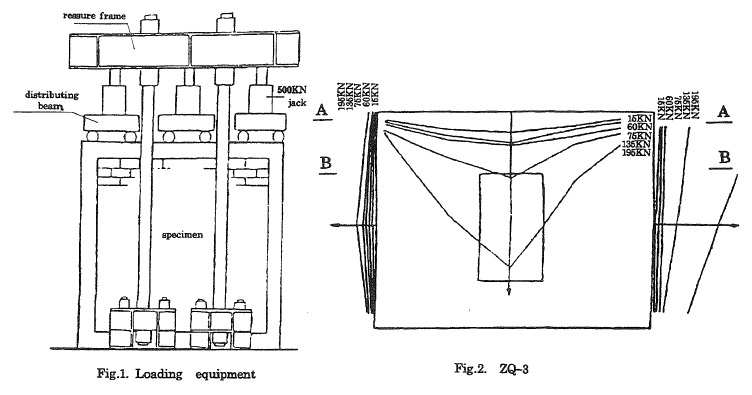YAHAN SHONG AND FEI WANG
ABSTRACT
In this paper, the research work in the field of composite masonry are reviewed. The formulae of predicting load-carrying capacity of the composite masonry under horizontal or vertial loading condition are summed up. Based on the experimental results and the analysis results of finite element method, the behavior and failure modes of reinforced concrete-brick composite wall under vertial loading are analysed, especially under opening condition. Based on the experimental results of 6 pieces of brick masonry walls and the analysis results of finite element method, discussion is carried out on the relationship between the opening rate and the load-carrying capacity. By analysing results, the formula of calculating the load-carrying capacity of reinforced concrete-brick composite wall under opening condition is proposed. The predicting results are in good agreement with the test results.
Reinforced concrete-brick composite walls are formed by improving the effectiveness of the constructive frames ,in which the pillars and beams of the frames are not only constructive elements but also bear some vertical and lateral load respectively. According to the Chinese Design Code for anti-seismic structures, buildings with normal constructive frames should be no more than seven storeys in the seven-seismic degree regions. This research is a brave attempt to develop the reinforced composite structures in China. No similar study is reported up to now. Although some institutes in China had made some experiments in this field, the
study on the reinforced concrete-brick composite wall with opening is not sufficient.
F-45



